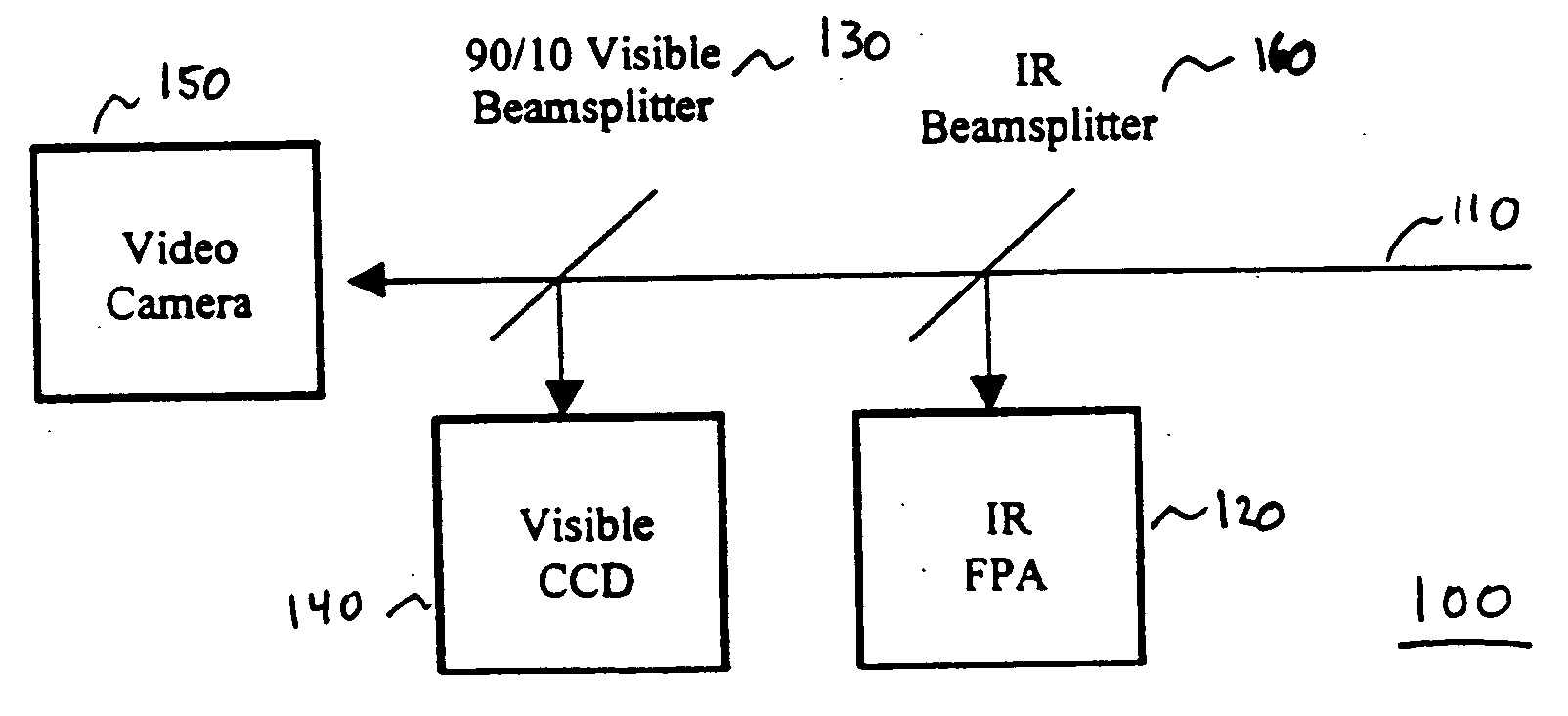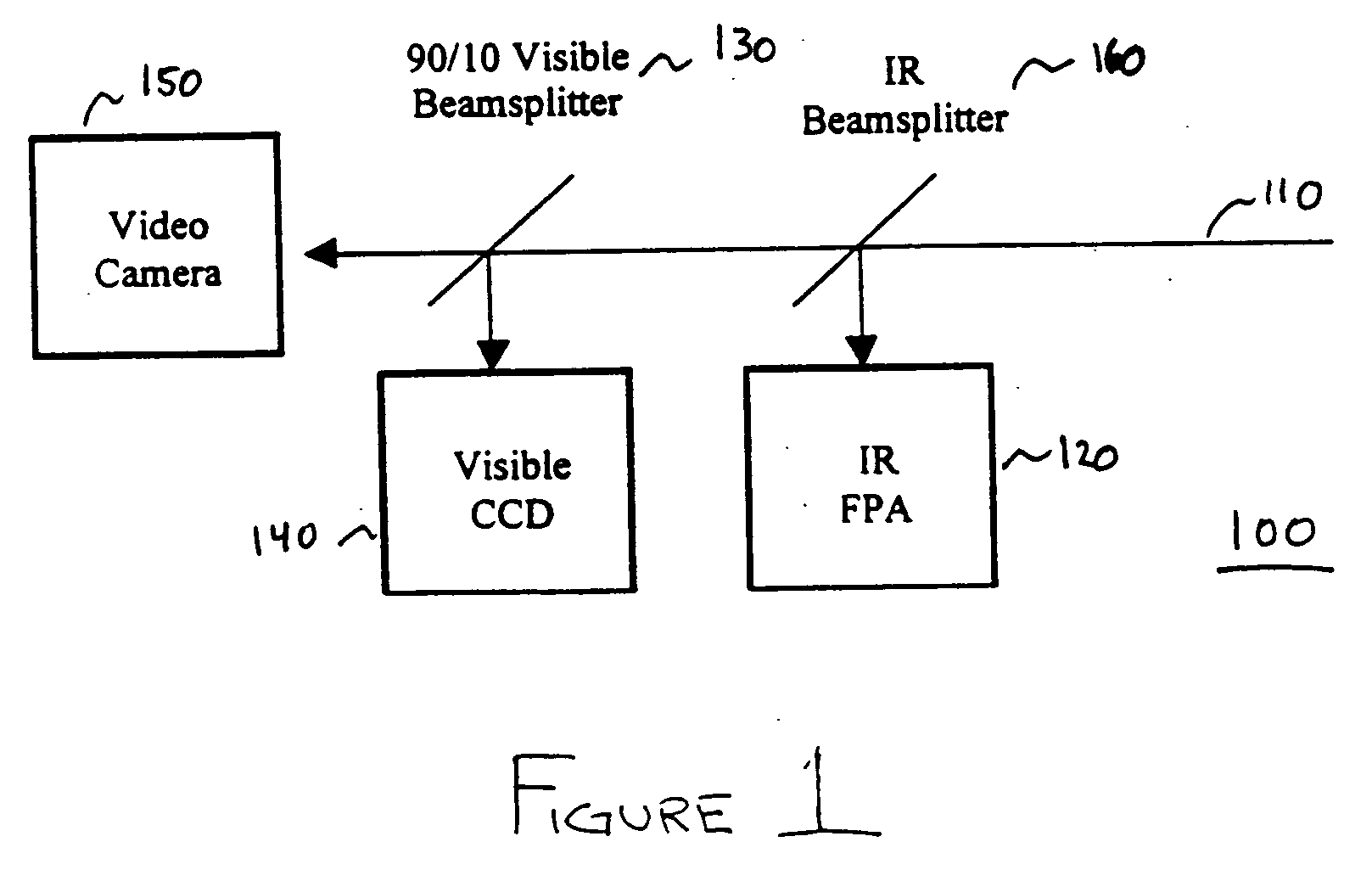Integrated imaging apparatus
a technology of integrated imaging and imaging equipment, applied in the field of imaging equipment, can solve the problems of few techniques that can be distinguished, few techniques that can be used, and the raw spectral or imaging measurement seldom reveals directly the property of clinical interes
- Summary
- Abstract
- Description
- Claims
- Application Information
AI Technical Summary
Benefits of technology
Problems solved by technology
Method used
Image
Examples
Embodiment Construction
[0038] As embodied and broadly described herein, the present invention is directed to an imaging apparatus and methods for performing real-time or near real-time assessment and monitoring. Embodiments of the device are useful in a plurality of settings including surgery, clinical procedures, tissue assessment, diagnostic procedures, forensic, health monitoring and medical evaluations.
[0039] It has been surprisingly found that the pairing of hyperspectral imaging data with data obtained from other single-image imaging methodologies, (examples of which include thermal imaging or fluorescence imaging) provides a sensitive and accurate assessment measure of a physiological condition. This is particularly appealing in terms of tissue assessment in that both thermal perfusion assessments and various multi-modal tissue signatures which incorporate things such as oxyhemoglobin / deoxyhemoglobin ratios and other indices of tissue physiology, pathology or function are interrelated. By fusing da...
PUM
 Login to View More
Login to View More Abstract
Description
Claims
Application Information
 Login to View More
Login to View More - R&D
- Intellectual Property
- Life Sciences
- Materials
- Tech Scout
- Unparalleled Data Quality
- Higher Quality Content
- 60% Fewer Hallucinations
Browse by: Latest US Patents, China's latest patents, Technical Efficacy Thesaurus, Application Domain, Technology Topic, Popular Technical Reports.
© 2025 PatSnap. All rights reserved.Legal|Privacy policy|Modern Slavery Act Transparency Statement|Sitemap|About US| Contact US: help@patsnap.com


